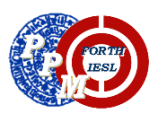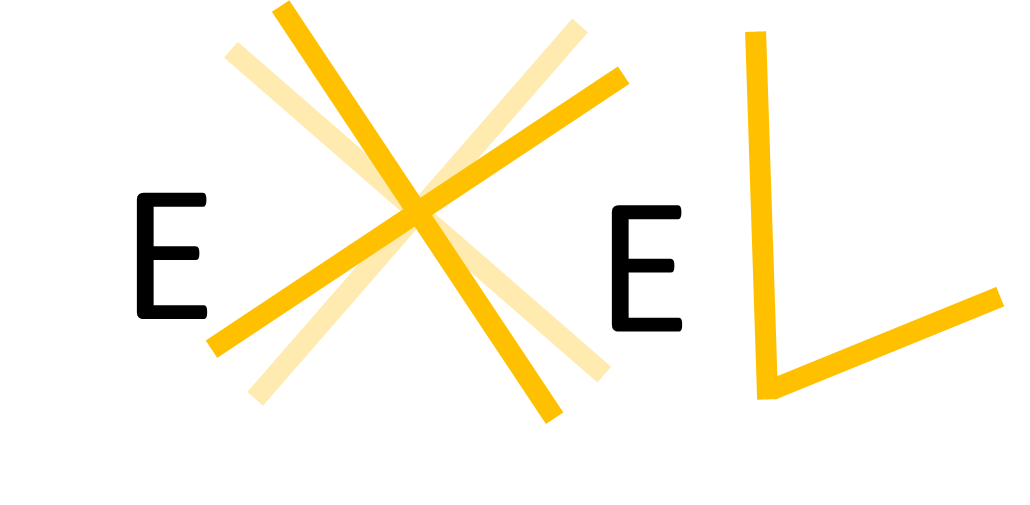 |
Foundation for Research and Technology Hellas (FORTH)Institute of Elecronic structure and Laser (IESL)Photonic-, Phononic- and Meta- Materials (PPM) Group |
|
E X E L
(EXtending ELectromagnetism through novel artificial materials)
ERC-02 by Greek GSRT
 |
|
Staring date: September 1, 2012 Coordinating organization: Foundation for Research and Technolohy Hellas (FORTH) - Institute of Electronic Structure and Laser (IESL) Responsible group: Photonics, Phononics and Metamaterials group Coordinating person: C. M. Soukoulis |
|
Brief description:
Novel artificial materials [photonic crystals (PCs), negative index materials (NIMs), and plasmonics] enable the realization of innovative electromagnetic (EM) properties unattainable in naturally existing materials. These materials, characterized here as metamaterials, have been in the foreground of scientific interest in the last ten years. However, many serious obstacles must be overcome before the impressive possibilities of metamaterials, especially in the optical regime, become real applications.
The present project combines NIMs, PCs, and aspects of plasmonics in a unified way in order to promote the development of functional metamaterials, and mainly functional optical metamaterials (OMMs). It identifies the main obstacles, proposes specific approaches to deal with them, and intends to study unexplored capabilities of OMMs. The project objectives are: (a) Design and realization of 3D optical and chiral OMMs. (b) Understanding and reducing the losses in OMM by incorporating gain and EM induced transparency (EIT). (c) Use chiral metamaterials to achieve and manipulate repulsive Casimir forces. (d) Use surface states for super transmission and beaming in PCs. and (e) Use PCs to enhance or suppress the spontaneous emission of sources, targeting designs of low threshold lasers and shielding vacuum fluctuations. The unifying link in all these objectives is the endowment of photons with novel properties through imaginative use of EM-field / artificial-matter interactions. Some of these objectives seem almost certainly realizable; others are more risky but with higher reward if accomplished; some are directed towards new specific applications, while others explore new physical reality.
The accomplishment of those objectives requires novel ideas, advanced computational techniques, nanofabrication approaches, and testing. The broad theoretical and experimental expertise of the proposers, and their pioneering contributions to NIMs and PCs, qualifies them for facing the challenges and ensuring the maximum possible success of the project.
|
